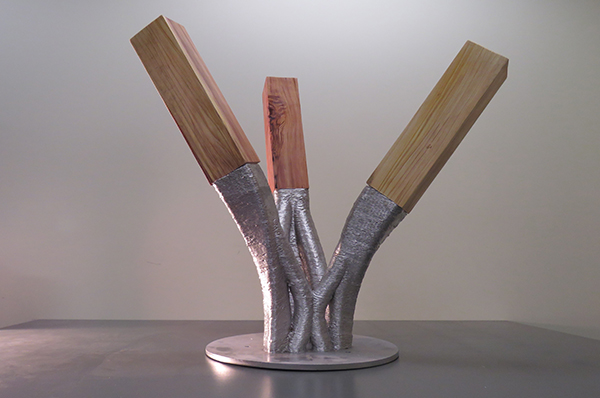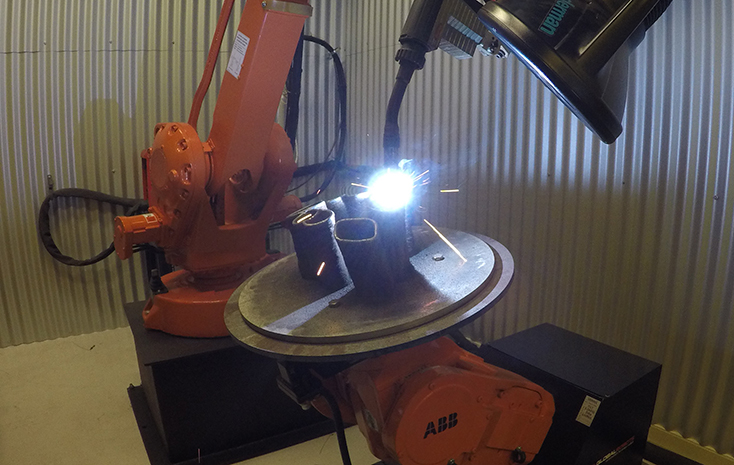TiDA makes NZ’s largest 3D-printed single-piece metal part
TiDA, the metallurgy and 3D printing research organisation that introduced New Zealand to 3D metal printing, has recently produced New Zealand’s largest metal part 3D printed as a single piece.
The 25kg stainless steel building node is 430mm tall by 450mm wide and designed to mount three angled timber columns to a concrete pad, as part of a pavilion type structure. It can carry over five tonnes per column with a 4:1 safety factor.
TiDA CEO Dr Mike Fry says recent developments in Wire Arc Additive Manufacture (WAAM) have made practical and cost effective the 3D printing of large metal parts from one to over 250kg.
“Historically 3D printing has been restricted to polymer components and smaller scale high-value metal items. This isn’t the case anymore. The technology is literally changing the face of architectural fabrication.
“The uses for WAAM now are extraordinary, including a beautiful stainless steel canal bridge in Amsterdam using multi-axis 3D printing – we’re really only scratching the surface of the possibilities at this stage with applications in building, industry, and even sculpture.”
Using a novel approach developed at TiDA, the building node was continuously moved on a positioning system while it was printing to increase the maximum angle of overhang features to over 40 degrees. The approach meant that the temporary support structures usually needed in other forms of 3D printing weren’t required.
The subject of a Victoria University of Wellington student project, the design process was parametric and algorithm driven to create a complex organic form reflecting those found in nature.
“The result is a component that combines a combination of aesthetic values, mechanical performance, cost effectiveness, and design flexibility not achievable by conventional means. The parametric approach allows ‘families’ of nodes, each with custom variable connection points to be generated with a minimum of additional design effort. The ability to generate a building structure with a large number of individually unique nodes allows great architectural design freedom to be a practical proposition,” says Dr Fry.
The part was displayed at the HERA Future Forum: 20/20 VISION in late February.
Find out more about TiDA.

The finished 25kg stainless steel building node. Image: TiDA.
Date posted: 1 May 2020

